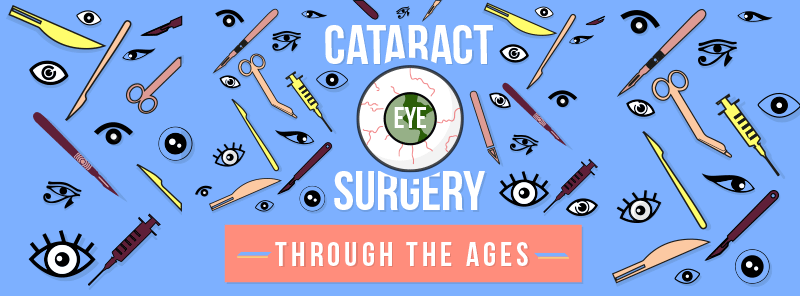A Parent'S Guide To Anticipating Your Child'S Ophthalmologist Consultation
A Parent'S Guide To Anticipating Your Child'S Ophthalmologist Consultation
Blog Article
Post Developed By-Olesen Duncan
When your child sees the eye doctor, it's necessary to recognize what to anticipate to aid alleviate any type of stress and anxiety. The procedure begins with a conversation about their health history and any certain issues you may have. The physician will after that perform a series of examinations to examine their vision. Comprehending these actions can make the experience smoother for both you and your youngster. However just what occurs during the eye exam?
Getting ready for the Consultation
When you're preparing for your kid's optometrist appointment, it assists to collect information ahead of time.
Begin by accumulating any kind of appropriate case history, including your youngster's previous vision problems or eye problems. If your youngster puts on glasses or call lenses, bring those along.
You must also write any questions or concerns you might've about your youngster's vision or eye wellness. In this manner, you won't neglect to ask during the go to.
Furthermore, check if your kid requires to stay clear of certain foods or tasks before the visit, as some tests may need this.
Last but not least, take into consideration setting up the appointment at a time when your child is well-rested to guarantee they're tranquil and participating throughout the examination.
What Takes place Throughout the Eye Test
After you and your kid come to the eye doctor's workplace, the examination typically begins with a discussion concerning your child's case history and any kind of vision issues you have actually noted.
The medical professional will then do a collection of tests to examine your kid's sight. This might include reviewing letters on an eye chart and utilizing unique instruments to look for refractive errors. Your kid might be asked to cover one eye while focusing on various items.
Children’s Vision Therapy might additionally look for eye alignment and deepness perception. Throughout the test, encourage your youngster to ask questions.
It is very important for them to really feel comfy, so guarantee them that the tests fast and painless, helping to ensure their eyes are healthy and balanced.
Post-Exam Treatment and Following Steps
Once the eye exam is complete, you'll want to review the results with the physician to comprehend your kid's vision condition and any essential follow-up activities.
If your child needs glasses, the medical professional will direct you on the most effective options. See to it to ask about proper treatment and installation.
If there are any type of concerns, like eye conditions or the demand for further tests, the medical professional will certainly describe the next actions.
Watch on any type of changes in your youngster's vision in the house and report them throughout follow-up sees.
Routine eye exams are important, so set up the following visit as advised.
Lastly, urge your kid to use their glasses or follow any type of prescribed therapies continually for the best outcomes.
Final thought
As you finish up your youngster's optometrist see, remember that maintaining an open line of communication is key. Urge https://click4r.com/posts/g/20410173/early-detection-of-vision-problems-can-considerably-affect-your-child to share their ideas and any kind of concerns they may have. Comply with Pediatric Visual Perception Therapy for eye treatment and schedule any type of needed follow-up appointments. By remaining positive about your kid's eye wellness, you're helping them keep clear vision and a bright future. Trust the process, and you'll both feel even more confident in their eye treatment journey.
